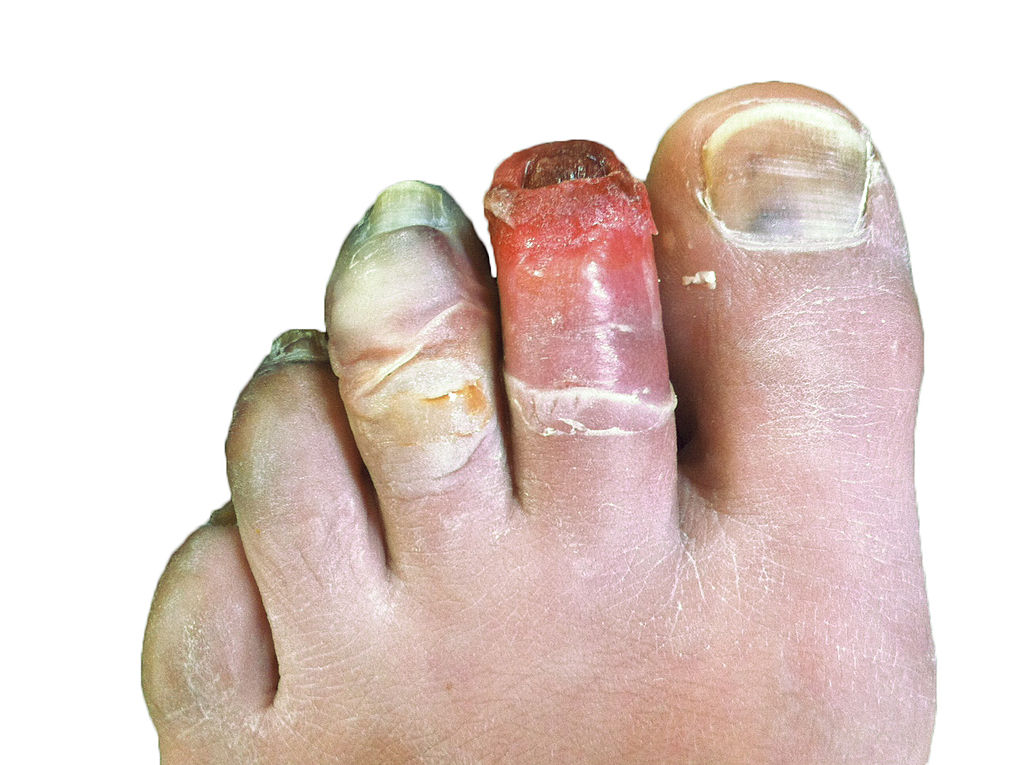
In much of the eastern United States, temperatures have dropped below freezing and sometimes below zero. Worse, in many places the cold is accompanied by high winds that send the wind chill factor plummeting, lowering the perceived temperature further and making things freeze even faster. It is an ideal set up for the dangerous condition of frostbite.
Frostbite happens when skin and other tissues freezes. Freezing can set in any time the temperature is below 32 degrees F (0 degrees C). In the cold, the body closes blood vessels just under the surface of the skin to ensure that your internal organs and brain stay warm. Freezing happens faster in lower temperatures and with higher winds. How damaged the tissues become is usually a factor of how long they are frozen rather than how cold they became.
The damage from frostbite can resemble a burn and, like burns, the frostbite is diagnosed by degrees.
First degree frostbite is freezing of the surface of the skin and is sometimes called frostnip. You feel numbness or itchiness, but the area is not usually permanently damaged.
In second degree frostbite, the skin may freeze and harden. Blisters appear a day or two later, turn black and harden, and look awful. Dead tissue may slough off.
In third and fourth degree frostbite, muscles, tendons, and other parts are frozen. The skin is hard and waxy. The frozen parts may turn black in a few days. This amount of frostbite can lead to amputations of the fingers or toes.
You are at greater risk of frostbite if you have diabetes, poor circulation, peripheral neuropathy (nerve damage to hands or feet), or take certain medications such as beta blockers.
If you think someone you know has frostbite, get them out of the cold as soon as possible. Take off cold or wet clothing, wrap them up in warm blankets, and give them something warm (but not alcoholic) to drink. Elevate the part that is frostbitten. Do not rub the frostbitten part with anything because the friction is damaging. Take the person to a medical facility as soon as possible.
